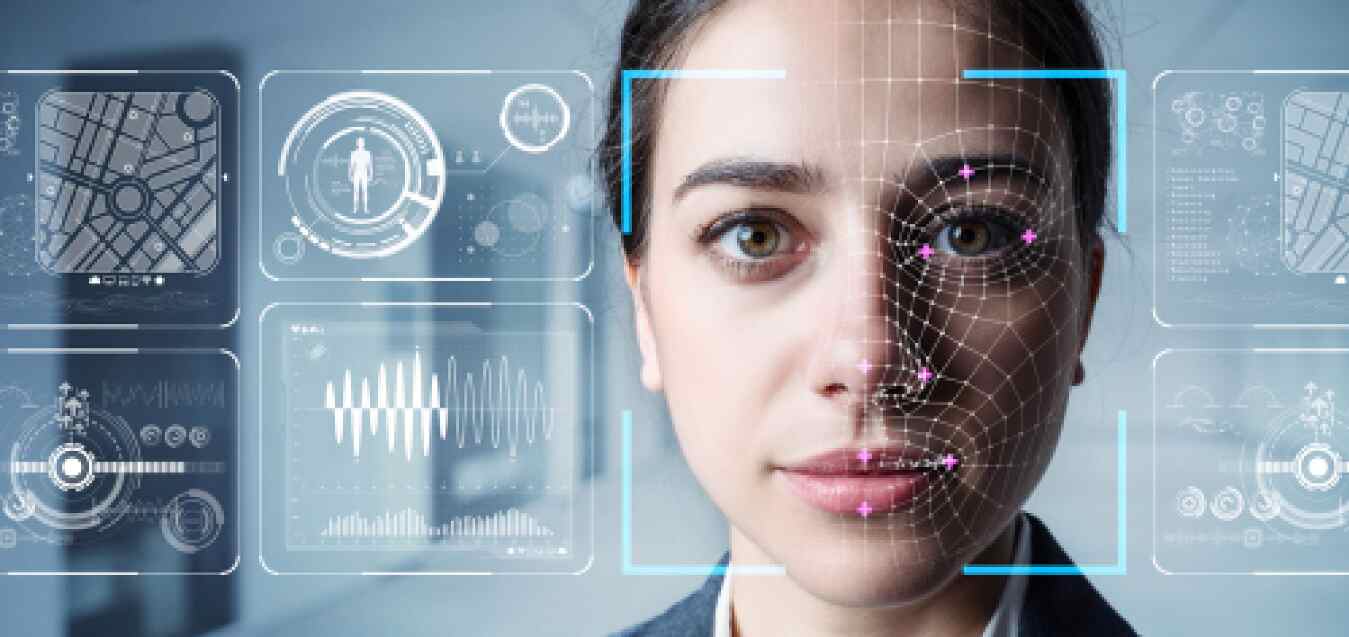Surveillance 'dilemma'

At a time when countries such as the US are attempting to not only regulate but also reduce the use of facial recognition technology, India is establishing new milestones in using this controversial technology. The most recent example of this is the Indian Railways setting up a network of almost 500 facial recognition cameras to track millions of daily commuters. The system in question has been live for the past month in 30 stations across Gujarat and Maharashtra. NtechLab, the developer of this system stated that the FRT network could track up to 50 people in a single frame, even if they are wearing medical masks. This technology could not only be used for counting passenger traffic but could also be used by authorities to identify criminals or track 'persons of interest' or even be used to look for missing people. India has been slowly moving towards increased state surveillance for a few years now. In 2020, reports emerged of the FRT systems being used to track down over 1,900 faces that were connected to inciting circumstances that led to the Delhi riots. But though such systems are being used, the accuracy and functionality of such technology in India have been questioned previously. In 2019, the Union Ministry of Women and Child Development reported that the accuracy of FRT systems in India was only one per cent. It was furthermore stated that these systems could not even differentiate between boys and girls. The problem with such issues is that in technology like facial recognition, such mistakes can lead to misidentification of individuals who may then face accusations and wrongful arrests. Even if such basic issues are fixed, FRT is not exactly a reliable and well-established technology with various studies pointing to how such technologies are inherently charged with biases, particularly racial and gender biases. This is why companies like Amazon are now pulling back from providing law enforcement services in the US with FRT systems. But this is obviously a teething problem. While FRT systems are rudimentary now, there is no reason to believe that this will remain the case in the near future. The Indian government has expressed clear intent in expanding the use of such systems and further improving upon them. India is currently in the middle of building possibly the largest centralised FRT surveillance system in the world by the name of National Automated Facial Recognition. In a country with a population as large as India, such systems will have massive databases to use and add to as FRT systems slowly but steadily proliferate through the daily lives of India's 1.4 billion citizens. And therein lies the problem. FRT is not a problematic technology because it is nowhere close to functionally perfect as of now, it is problematic for the absolute potential it has in invading personal freedoms. State surveillance has been and will likely continue being a slippery slope to navigate. There is a very fine line between using such systems to enhance the security of a nation and using them to forcibly keep civilian populations under extensive surveillance. This is what is happening in China which is at the forefront of creating and implementing new state surveillance systems. By 2018, it was reported that China already had over 200 million CCTV cameras. According to the Wall Street Journal, this number was slated to go up to 560 million by 2021, approximately one camera for every 2.4 people in China. These systems are not only widespread in China but also dystopically elaborate. In Xinjiang, FRT systems are being fed algorithms that allow such systems to not only track Uyghur Muslim faces from a crowd but also autonomously keep a tab on their movement. As far as is known, this is the first example in the world of a government using such artificial intelligence-based systems for racial profiling. Though China's example may optimistically be seen as an extreme outlier in the use of such technologies, there is simply no guarantee that such use of state surveillance will not spread to other countries. This is why the use of such technology must be kept at pace with new and expansive regulation that attempts to safeguard the privacy of individuals. Though the Supreme Court did rule in 2017 that citizens have the Fundamental Right to privacy, India does not have the necessary data protection laws to ensure this right. Privacy experts have also pointed to the issue of informed consent in the use of such surveillance systems which are purportedly put in place for public safety. While an individual may be aware that they are under surveillance, they have no way of knowing or consenting to the storage of such data, which in the absence of data privacy laws may be stored permanently.



